(Below is a copy of the response I have submitted to RBL in the hopes they will publish and circulate it, as a fitting response to Hong’s review of my book, which you can read HERE).
A Response to Koog P. Hong’s Review of My
Jacob and the Divine Trickster (RBL 3/13)
John E. Anderson, Ph.D.
 I welcome this opportunity to respond to a recent RBL review of my book (published 3/22/13), written by Koog P. Hong of Yonsei University. Hong has offered a review that strives to take my work seriously. For this I am appreciative; what more could a scholar want? But there are some missteps and misstatements in the review to which I would like to respond. It is my hope also that this response—motivated by the very tenets of the SBL to “foster biblical scholarship”—will encourage a robust dialogue on some of these questions I raise that are, to my eye, far too often ignored, be it out of theological convenience, Testamental dissonance, and/or personal bewilderment at their presence. There are two basic issues I wish to raise: 1) matters of content and argument; 2) matters of theology and method.
I welcome this opportunity to respond to a recent RBL review of my book (published 3/22/13), written by Koog P. Hong of Yonsei University. Hong has offered a review that strives to take my work seriously. For this I am appreciative; what more could a scholar want? But there are some missteps and misstatements in the review to which I would like to respond. It is my hope also that this response—motivated by the very tenets of the SBL to “foster biblical scholarship”—will encourage a robust dialogue on some of these questions I raise that are, to my eye, far too often ignored, be it out of theological convenience, Testamental dissonance, and/or personal bewilderment at their presence. There are two basic issues I wish to raise: 1) matters of content and argument; 2) matters of theology and method.
Matters of Content and Argument
Hong’s critiques make constant mention of what I don’t do. Barring the ‘maxim’ that a reviewer is to articulate fairly and accurately the book the author wrote, not what s/he should have written, I take Hong’s points seriously. On nearly every occasion, however, I do indeed discuss—at times in depth—what he suggests I do not.
The Morality and Theology of Divine Deception
For example, Hong writes that “Anderson does not discuss the moral and theological implications revolving around his bold thesis: YHWH the divine trickster. His insistence that YHWH’s deception is intimately bound to the covenantal fidelity to the ancestral promise (i.e., deception is used only to advance the promise) does little to alleviate the moral unease inherent in it” (emphasis added). But I do indeed discuss the “moral and theological implications” in both the introductory and concluding chapters. Indeed, in the final chapter of the book is a bolded subject heading entitled “Theological Implications” (174-77) in which I advance and develop five theological implications arising from this study; in short, they are: unexpected modes of divine fulfillment/fidelity, the “centripetal force of the ancestral promise,” the destabilizing and subversive tendencies of this portrait of God, that the Old Testament and thus our theologies should not “whitewash, sanitize, or domesticate God,” and that one avoid systematic approaches to doing Old Testament theology. This critique is odd given that Hong himself notes in the summary portion of the review that “Anderson concludes with a reflection on the implications of the theology of deception.”
Moreover, while my book is not primarily concerned with issues of morality as it relates to this material, I do discuss it, again in both the introductory and concluding chapters. In the introductory chapter, this point appears as early as page 2. Later in that same chapter, I argue that “in its original context, the Jacob cycle is not a narrative ultimately concerned with matters of ethics” (39). Attached to that statement is a lengthy footnote, maintaining that “there does not appear to be any moral commentary running throughout [these texts]” and that “I disagree with the sentiment that a contemporary reader must deem these texts unethical.” I am, at bottom, here suggesting that there is an inherent danger in importing our modern sensibilities of ethics and morality onto an ancient text. Our primary task—and the task I take up—is to offer a descriptive theology, and only with that in place should we begin to move toward questions of contemporary application. More germane to Hong’s “moral unease” is my final chapter, a section following immediately upon the “Theological Implications” section, entitled “Trustworthy Deception,” where I wrestle with this question as articulated in the biblical text, with ramifications for the life of faith. To be fair, this is not my primary concern in the book, but to suggest I ignore “moral and theological implications” is simply untrue. I don’t ignore them, yet I do seem to argue a perspective contrary to one Hong holds.
One might more appropriately ask whose “moral unease” I should have set out to address and redress. Certainly, given my comments above, I am not persuaded ancient Israel took moral issue with this portrait of Jacob but rather saw it existing in a beautiful and meaningful tension with other portraits of Jacob.[1] Nor am I persuaded the authors and/or compilers of Genesis in its final form felt any sort of ethical impulse to tame Jacob or God (a point I also develop in the book). It seems Hong’s main contention is that I don’t address the “moral unease” of contemporary readers. Surely the God of the Old Testament is unsettling in many respects, but I don’t understand my task—be it in this book, or as a believer, or as a professor—to be to assuage difficulties with or apologize for the Old Testament’s raw portrayal of God. Not that these issues are unimportant to me or are not questions with which I live and wrestle, but not everyone is troubled by a God capable of/complicit in deception. Ancient Israel wasn’t. The authors/compilers of Genesis weren’t. Nor were the authors/compilers of the multitude of other biblical (and ancient Near Eastern) texts I enumerate in my first chapter. I often tell my students, who are unwilling to admit that God may be complicit in deception, violence, or some other unsettling behavior in the Bible, that when the Bible clashes with your theology, one of the two needs to give way; they are free to choose their theology over the biblical text, but they must then be aware of the implications of the choice they have just made (I may here be betraying my Protestant bias, but as an Old Testament scholar I am deeply committed to the text and wrestling with the Bible we have, not the one we wish we had). This is not to say the Bible or its portrait of God is beyond critique or censure, but one must be honest with where the ethical impulse is located: in the text, or the reader?
This may provide little consolation to those who are unsettled by a God who engages in trickery, but this book was not written for those in the pews; it was written for the academy, as an attempt to crack open a larger conversation that occurs far too infrequently. But, I do still feel I have attempted to answer, or what Hong calls a way “to cope with it and present the present-day audience with the message that is still relevant today.” I would affirm, as I do in the book, that the Old Testament challenges and empowers readers to delight in, be challenged by, and puzzle over a God whose trustworthiness can be displayed, in a beautiful paradox, through deception (see pp. 177-86).
I must note, as I do in the book, that I am in good scholarly company in not being repulsed by divine deception: Hermann Gunkel, O. H. Prouser, as well as several others I have become aware of since the publishing of my book. Among the most recent, Marvin Sweeney offers this insightful comment about God in Genesis with which my book resonates: “Freed from the presuppositions of historical analysis that the trickster or deceptive nature of G-d’s character in Genesis is simply the product of a primitive and theological unsophisticated stage in Israelite religious development, scholars are now coming to recognize that divine duplicity and deception cannot be dismissed as the product of primitive culture, but must be taken into account in biblical interpretation.”[2]
God and Deception: “Through” or “Despite”?
Another example warrants mention. Hong writes that “Anderson ignores an interpretive possibility that God works despite human errors.” This is not a new criticism, and it is, again, one I take up in the book.
Hong’s challenge centers on God’s relationship to deception in the Jacob cycle; in the opening chapter I survey at length and engage with extant scholarship on several possibilities, one of which is that God persists with Jacob in spite of his seemingly lackluster character. There is no need to repeat at length the material already in the book, but at bottom I argue the text is clear in its articulation, from beten (Gen 25:23) to Bethel (esp. Gen 28:13-15) to Peniel (Gen 32) and at scattered moments in between that God is not making a concession in dealing with Jacob. Up until this point in Genesis thus far God has felt perfectly free to change course on a number of occasions; the primeval history bears this point out fully. Moreover, while I don’t state this in the book, the ancient Near Eastern evidence I adduce, replete with examples of trickster deities who are happy to work deception for (and sometimes against, but not despite) human characters is informative. Knowing that ancient Israel shared this cognitive environment makes the resonances that much more striking.
The larger operative question is who is to say whether Jacob has erred? Hong seems to assume as much, given his statement cited above. But who is to adjudicate whether Jacob has failed? Whose assessment matters in the world of the text? Us, or God? This is not to suggest we read uncritically and simply accept at face value anything in the text. We should indeed read discerningly. But my argument, that the prenatal oracle in Gen 25:23 animates the conflict (a conclusion I share with Brueggemann, whose bold and daring foray into this oracle is illuminating and honest), and that God’s first appearance to Jacob on the heels (pun intended!) of a family shattering act of deception—where Jacob is met not with punishment but with promise—underscores that God has no moral qualms with Jacob’s shenanigans. The “tragic side of the trickster’s celebrated life” that ensues, mentioned by Hong, no where connects the moments of theophany with divine punishment. Rather, as I argue in the book (and along similar lines as Diana Lipton in her Revisions of the Night), the moments of theophany are revelatory in their ability to communicate that God has been at work, to co-opt a well-worn phrase from Luther, “in, with, and under” Jacob’s many deceptions. Not despite. In, with, and under.
Moreover, it is precisely the “tragic side” of Jacob’s life with Laban that I argue leads to incipient fulfillment of the ancestral promise in Gen 29-31 in and amidst deception (see esp. pp. 97-129). And while Hong contends that I “fail to see that Jacob has to pay a heavy price for his behavior” (in Gen 34, which Hong incorrectly labels the “Tamar incident”; Tamar occurs in Gen 38, while it is Dinah who is subject, and object, in Gen 34), I do not see God as a character here working “despite” or “against” Jacob; even Hong is tentative here in his conclusion, stating that “one may take these as God’s implicit punishment for Jacob’s trickery” (emphasis added). Readers will have to read my arguments for themselves to see whether they find them persuasive.
Matters of Theology and Method
We operate in an age of methodological plurality, where dissonant scholarly voices grapple for a hearing, much like the tensive voices in much of the Hebrew Bible. And to be sure, methods can at times distort the text much more than they can inform it. I have, however, attempted to be up front about these issues in the book, offering as much transparency into my method and the assumptions I bring to the work (handily discussed in a section titled “Assumptions and Methodology,” pp. 33-40). In brief, I work with two mutually-informing vectors—how and what the text means—as an avenue into genuine theological inquiry, channeling scholars such as Robert Alter, Adele Berlin, and Meir Sternberg. Methodologically, I am not treading new ground as much as I am working to put new literary criticism more intentionally in the service of Old Testament theology, a discipline that has, until recently, largely been dominated by historical-critical methodologies.
Modern or Postmodern?
Hong identifies my method as “modernistic” given that I maintain “rhetoric of [my] reading’s superiority over other readings.” While I see the point he is attempting to make, I am hard-pressed to think anyone would come away from a reading of my book and label it “modern.” Perhaps the problem resides more in the sometimes unhelpful and fluid labels modern and postmodern. He is correct that I have followed Brueggemann’s lead (though I would include Leo Perdue as a seminal voice here as well) in embracing polyphony, but this is not tantamount to saying all meaning is up for grabs. Hong critiques me for defending my reading in engagement with others. I remain unclear what he envisions a truly postmodern/polyphonic argument to look like, though it is apparently not one that has an interest in defending an argument critically and thoughtfully. He does suggest “the argumentation would have been more nuanced had he presented his reading as an alternative conditioned reading that adds another facet to the ‘richness’ of the text, candidly admitting his own involvement in its production.” This, however, is precisely what I do. I write: “Old Testament theology is not a monolithic entity; there are, rather, theologies in the Bible. In this book, I offer one such theology, a theology of deception in the Jacob cycle” (34). It is my literary-theological method that helps clear this path, and while I do persist in affirming the integrity and persuasiveness of my own reading, that does not mean that I have exhausted all possible meaning-potential from the Jacob cycle, a point that is true whether one does or does not agree with my method and my conclusions.
Where is Meaning Found?
In a similar vein already alluded to above, Hong expresses the desire that my methodological proclivities would have given me reason for “candidly admitting his own involvement in its [the text’s meaning] production.” But, again, I do make just such an admission. I write: “Readers play a role in discerning a text’s meaning, and this meaning arises in the dynamic relationship between text and reader. While no reading can be entirely disinterested, the text itself serves as a ’control’ for one’s interpretation, and it is against the text that the authenticity of any interpretation must be judged” (35). On that same page is a lengthy footnote that provides even greater clarity, appealing to W. Lee Humphrey’s The Character of God in the Book of Genesis and assuming the posture of a first time reader, ignoring as much as possible “a priori ontological assumptions about God’s character deriving from classical systematic theology” (my words) and “both claims by historians of religion about the God(s) of ancient Israel and early Judaism and particular and fundamental claims about God from theologians and members of religious communities who assert an identity between God in Genesis and the God who commands their worship and allegiance” (Humphrey’s words). ‘Checking’ (as much as possible!) this theological and ecclesiastical baggage leaves, as I have already described, little more than the text and I. I have, in essence, attempted to ‘put off’ the very garb Hong seems to wish I had kept on! Therefore, in conversation with extant scholarship, I fully admit to my own involvement in the production of the text’s meaning. The only caveat I would extend is that I wish more scholars would admit the same.[3]
Psychologizing Biblical Studies
One final point warrants brief mention. At several points Hong engages in little more than psychologizing my thought process or rationale in writing various parts of the book. I don’t find such speculations helpful or warranted in pursuing genuine scholarly inquiry or the conversation I have attempted to begin.
The Divine Trickster: Moving Forward
I wrote this book with twin objectives: 1) to give uniquely theological expression to an oft-ignored portrait of God that some may deem unsettling or problematic; 2) to provide a fresh reading of the Jacob cycle that honors the textual tension between Jacob’s character and God’s election of him. The topic of God’s character is a hot-button and controversial issue to be sure with much at stake, and I suspect readers will have many visceral reactions to some of what I suggest. It is my hope that whether one finds my arguments compelling or not, that I have opened up new avenues for dialogue on these two very timely issues, dialogue that will not be animated by any animus to my reading but by an honest attempt to wrestle together, theologically, with the unsettling God of Genesis and the Hebrew Bible.
The day Hong’s review was published I received an email from Gershon Hepner, author of Legal Friction: Law, Narrative, and Identity Politics in Biblical Israel, who shared with me an original poem he wrote, inspired by my work and Hong’s review of it. Gershon has kindly agreed to allow me to share the poem here.
JACOB’S TRICKERIES
The theory that Jacob’s trickeries reflect
his imitation of our God
may not sound religiously correct,
but precisely since it’s odd
should be considered seriously. We see
as soon as the great God of Abram picks
the Jews He does not mind their trickery,
approving the repeated tricks
that Abraham and Isaac choose to play
by claiming that their wife
is just their sister, which each one would
not just to save their life,
but to demonstrate to every ruler
such tricks are an M. O.
that God, the universe’s Foremost Fooler,
considers not de trop
provided that the end seems good, believing
that to be Machiavellian
when faced by those who’re murdering and thieving
is not rebellion
against His principles, for they’re more real-
istic than we might
have thought, brought up to think we must repeal
all trickery, and fight
the good fight, one hand tied behind our backs,
against all tricky foes.
Simplistic views like that the Lord attacks,
and Patriarchs oppose,
especially the third, whose name means “fraud”—-
Hosea says this clearly.
Fraud is the M. O. that the Lord
does not regard as merely
acceptable for Jacob, but a path
that turn a Forefather
into what some may call sociopath,
but a great hero, rather,
behaving in a way that God would too
if He lived down on earth,
since Jacob does the sort of things He’d do
to show his godly worth.
In the Torah’s laws God changes all the rules,
and outlaws all deception.
The rules’ great proof, we should be taught in schools,
is Jacob—their exception!
(This poem was inspired by Koog P. Hong’s SBL review of a book by John E. Anderson at Baylor University, performed under the supervision of Bill Bellinger. The book, Jacob and the Divine Trickster: A Theology of Deception and Yhwh’s Fidelity to the Ancestral Promise in the Jacob Cycle)
[1] On this, see most recently Yair Zakovitch, “Inner-Biblical Interpretation” in Reading Genesis: Ten Methods (ed. R. Henden; Cambridge: Cambridge University Press, 2010), 92-118.
[2] Marvin A. Sweeney, Reading the Hebrew Bible After the Shoah: Engaging Holocaust Theology (Minneapolis: Fortress, 2008), 25.
[3] While I wouldn’t classify my book as attempting the same thing, one may helpfully consult Fortress Press’ new Texts@Contexts commentary series for examples of scholars foregrounding their respective contexts and being open to how context informs and indeed at times creates meaning.











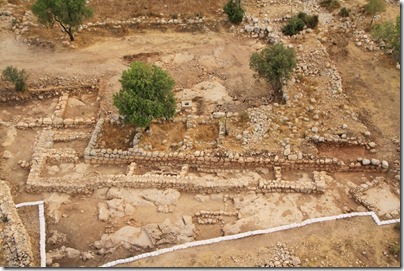
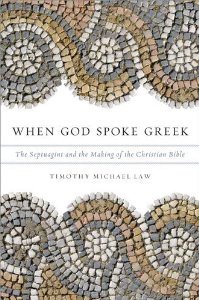




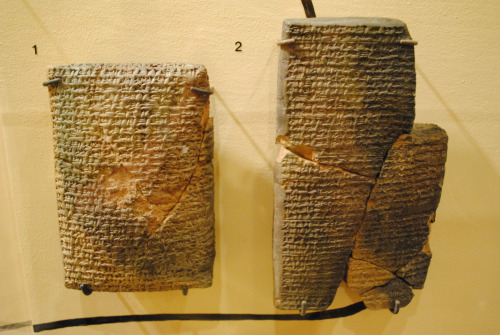




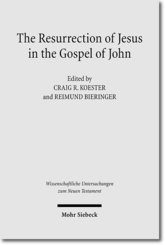
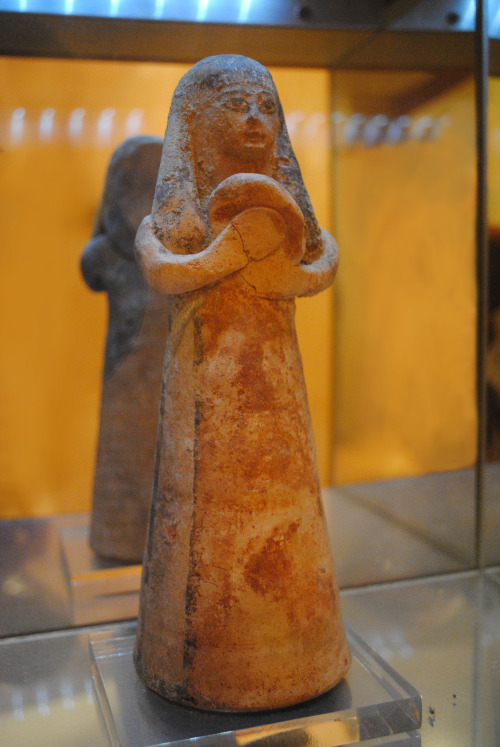















































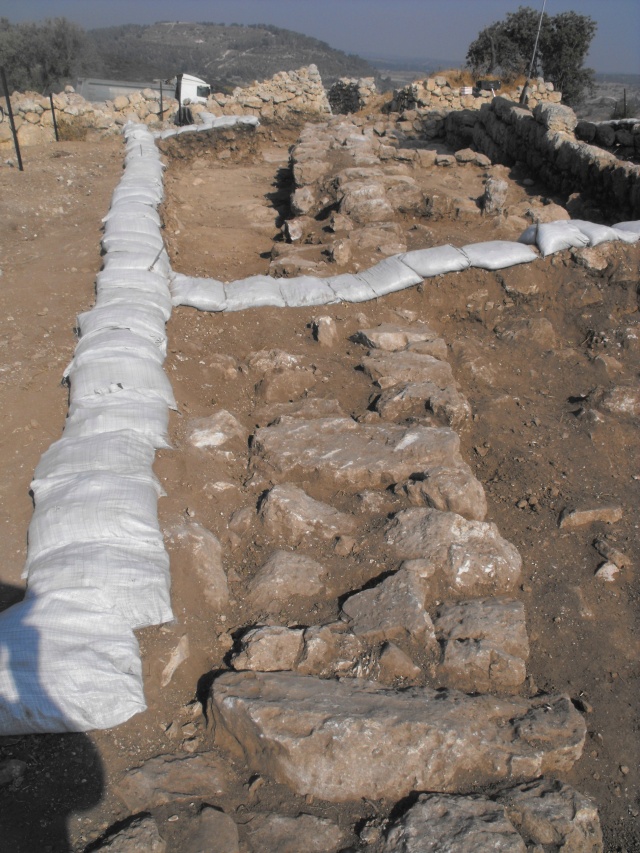
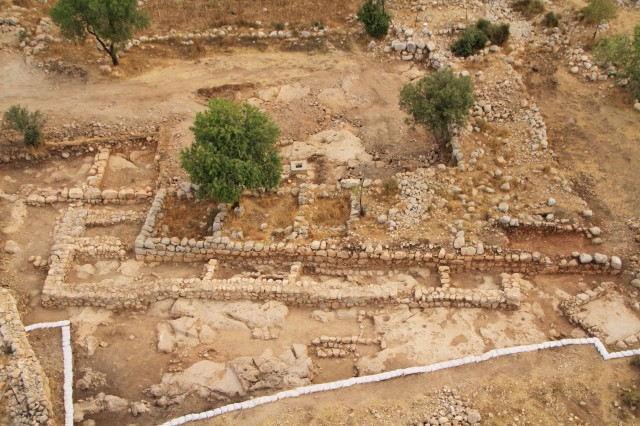
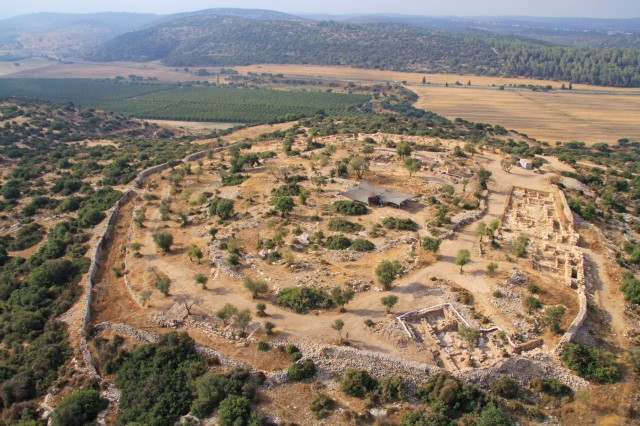
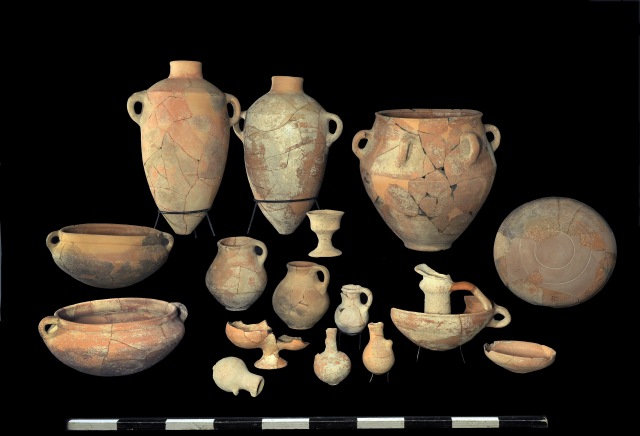



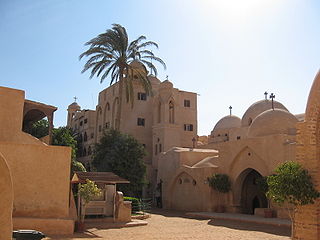 WADI EL NATRUN, EGYPT—A
WADI EL NATRUN, EGYPT—A